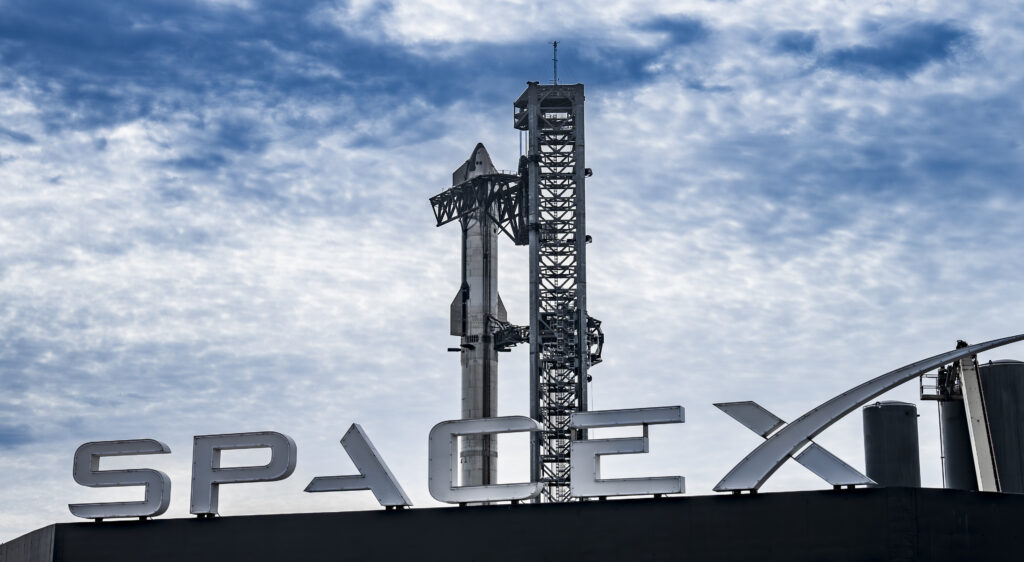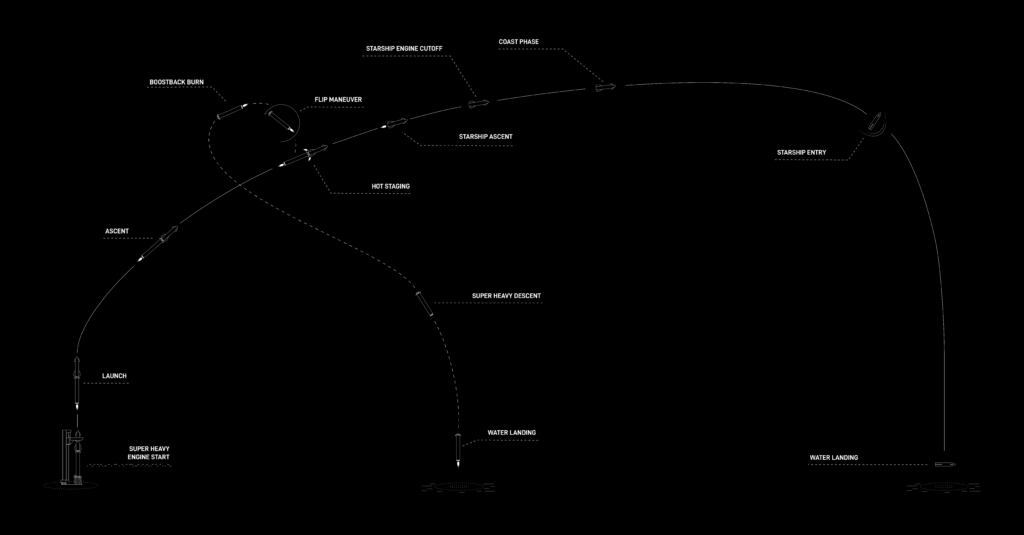
The FAA granted SpaceX today a launch license, permitting it to conduct its third experimental launch of their huge Starship Super-Heavy rocket. “Space Exploration Technologies, Corp. is authorized, subject to the provisions of 51 U.S.C. Subtitle V, chapter 509, and the orders, rules, and regulations issued under it, to conduct launches of the Starship-Super Heavy vehicle,” the FAA wrote in their license documentation released today.
According to the license, SpaceX must provide the FAA with the location and fate of the expended vehicle states within 30 days of each test launch using an approved plan that is submitted to the FAA at least 7 days prior to launch and SpaceX must identify and report any anomaly during any pre-flight ground operations of the vehicle that could be “material to public health and safety of the property within 90 days.”
With the launch license in-hand, SpaceX says they are targeting Thursday, March 14, for Starship’s third flight test. A 110-minute launch window will open at 7:00 am CT. SpaceX will cover their launch beginning at 6:30 am CT on X with streaming footage there and on their website, spacex.com. The launch will occur at SpaceX Starbase, located just south of South Padre Island, Texas.
“The third flight test aims to build on what we’ve learned from previous flights while attempting a number of ambitious objectives, including the successful ascent burn of both stages, opening and closing Starship’s payload door, a propellant transfer demonstration during the upper stage’s coast phase, the first ever re-light of a Raptor engine while in space, and a controlled reentry of Starship,” says SpaceX. “It will also fly a new trajectory, with Starship targeted to splashdown in the Indian Ocean. This new flight path enables us to attempt new techniques like in-space engine burns while maximizing public safety.”
With a new trajectory bringing Starship to the Indian Ocean, the waters around Hawaii will no longer be used for this test flight. The first two attempts of this experimental rocket launch were to send the spaceship on an orbital path before having an explosive landing in the waters north of Hawaii.
“This rapid iterative development approach has been the basis for all of SpaceX’s major innovative advancements, including Falcon, Dragon, and Starlink,” says SpaceX. They add, “Recursive improvement is essential as we work to build a fully reusable transportation system capable of carrying both crew and cargo to Earth orbit, help humanity return to the Moon, and ultimately travel to Mars and beyond.”
